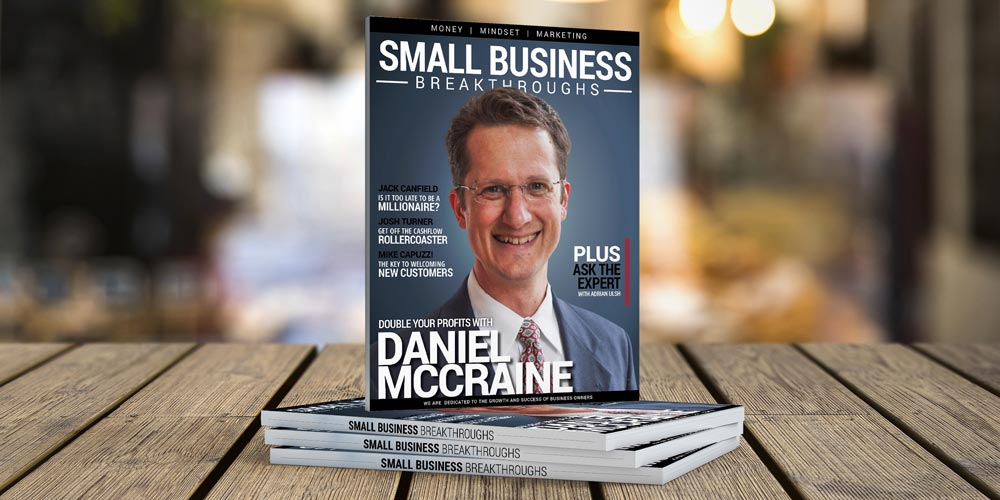Today you’ll learn how to use direct mail marketing and, yes, telemarketing to your full advantage. I know, the word “telemarketing” might as well be four letters, but there is a way to help customers feel like they are getting personal attention and keep them from blocking your number!
With the success direct mail marketing has had and the availability of computers, these can be used as a powerful marketing tool for your success. Telemarketing is best for high priced, high margin products/services.
Here are the key steps to putting together a highly effective direct mail marketing program:
- List all benefits customers will get from the purchase of your products and services.
- Pick the single most powerful benefit out of that list.
- Build an attention-getting headline around that benefit. Remember to use emotion-fulfill the desire to be young, wealthy, desired, popular or successful.
- Develop a sales letter using the headline you created to grab attention, provide information and motivate customers to act.
- Put together supplementary items, such as a brochure, order form, reply envelope or note that encourages them to read the letter.
- Rent or purchase a mailing list.
- Compare cost of mailing vs. cost per order.
- Continue to test and refine your direct mail marketing plan.
You can see how direct mail marketing can help you find a local or even country-wide target market to send letters or postcards to and draw in new clientele and customers. Fine-tuning your marketing campaign will bring better results and therefore lower the overall cost of the campaign.
To be successful in telemarketing you need to:
- Put together a plan, so you know exactly what you want to accomplish during the call.
- Develop a list of topics to discuss and the questions you want to present around these topics.
- Input verbiage checking to see if you are calling at a good time.
- Include enough questions to keep the conversation interesting, but not too many to sound like you are interrogating.
- Start with broad questions and narrow your focus as the conversation continues.
- Offer feedback to show them you are paying attention and appreciate their time.
- Don’t insult their intelligence or manipulate them.
- Listen first, talk second.
- Be relaxed and conversational.
Telemarketing doesn’t have to be the trauma it’s made out to be. You can put together an honest, personal and effective telemarketing campaign that is endearing, informative and gets the job done. Think of how you would want to be treated on a marketing call. Ask your friends and family what they hate most about the telemarketing calls they get and work hard to craft your plan in a better way.
“When selling by telephone, you have approximately thirty seconds to convince the customer to listen to you. You need an opening statement that captures their attention, conveys who you are, what you want and why the prospect should listen.” Jay Abraham
It’s easy to see how direct mail marketing and telemarketing can positively affect your business by bringing in new customers and increasing the level of awareness about your products, services and company branding. Our FREE test drive offers the resources and tools you need to work through these processes and put together the best marketing plan you can.




